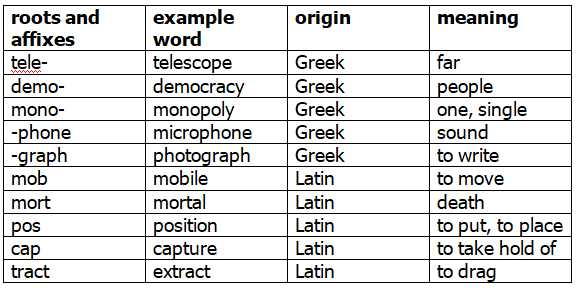习题3:词汇系统研究
第六章 词的分类(共时)
重点提示:基本词、非基本词,功能词、内容词,本土词、外来词。
难点提示:无
1. By origin, words can be cassified into native words and loan words.
By notion, words can be cassified into content words and functional words.
By use of frequency, words can be classified into basic words and nonbasic words.
第七章 词义关系(共时)
重点提示:同义、反义、多义、下义;语义场
难点提示:多义词与同形词的区别
1. Relative synonyms can be different in three aspects. Complete the table with explanations.
Use examples to illustrate the points in the tableabove. You are required to write no less than 300 words.
2. classification of antonyms.
3. Elaborate the theory of Semantic Field. Use examples to support you idea. You are required to write no less than 300 words.
4. What is the difference between polysemy and homonymy? Use examples to support you idea. You are required to write no less than 200 words.
5. Discrimination of synonyms
•abolish, cancel, extinguish, eliminate•
–The losing team was()from further competition.
–Firefighters()a big fire.
–The meeting has been()because of the flu.
–The government()the tax on alcohol.
absurd, ridiculous, silly
–It is()to judge a foreign culture only by its food.
–There was an()idea that the earth was flat andmotionless.
–You were very()to trust him.
accuse, charge, rebuke
–The boss()himstrongly for his negligence
–The police()him of theft.
–The police()him with murder.
6. Polesemy can be analyzed synchronically and diachronically. Expound upon the two approaches.
use examples when necessary.
Diachronic approach(历时的)
From the diachronic point of view, polysemy is thought to be the result of growth and development of the semantic structure of a word.
This first meaning is the primary meaning(原始意义). These later meanings are called derived meanings(派生意义).
An Example
Face: 12 meanings
(1)the front of the head
(2)a surface of a thing
(3)the appearance
(4)the functional surface
(5)effrontery
(6)the topography…
(1) is the primary meaning and all the rest are derived later on from the primary meaning. All derived meanings (2-12) are related to the primary one in one way or another.
2) synchronic approach(共时的)
Synchronically, polysemy is thought as the coexistence of various meanings of the same word in a historical period of time.
The basic meaning of a word is considered to be the core of word meaning, called the central meaning (中心意义). The derived meanings, no matter how numerous, are secondary meanings (次要意义).
The interrelation or comparison between the central meaning and secondary meanings.
In some cases, the primary meaning (diachronically) and the central meaning (synchronically) coincide.
However, in some cases, a meaning that appeared after the original meaning can become the central meaning.
The two approaches are supplementary to each other in the analysis of a polysemous word.
第八章 词汇发展(历时)
重点提示:古英语、中古英语、现代英语;拉丁词、法语词、希腊词
难点提示:无
1. The history of English language can be devided into three stages: Old English(449-1100),Middle English (1100-1500)and Modern English (1500-present).
2. During its development, English language borrowed many words from other languages. Most borrowed words are from Latin, French and Greek. Try to group the following words by their origin.
Latin origin: formula, focus, anatomy, church, suicide, fungus,
French origin: resume, cafe, reservoir, deja vu, garage, fiance, naive
Greek origin: telescope, philosophy, atmosphere, democracy, dinosaur, chronic
3. In the following table are word roots and affixes from Latin and Greek. Fill in the blanks with their origins and meanings.
4. According to degree of assimination, foreign elements in English are classified into four categeries. Fill in the form. Use the examples listed below.



